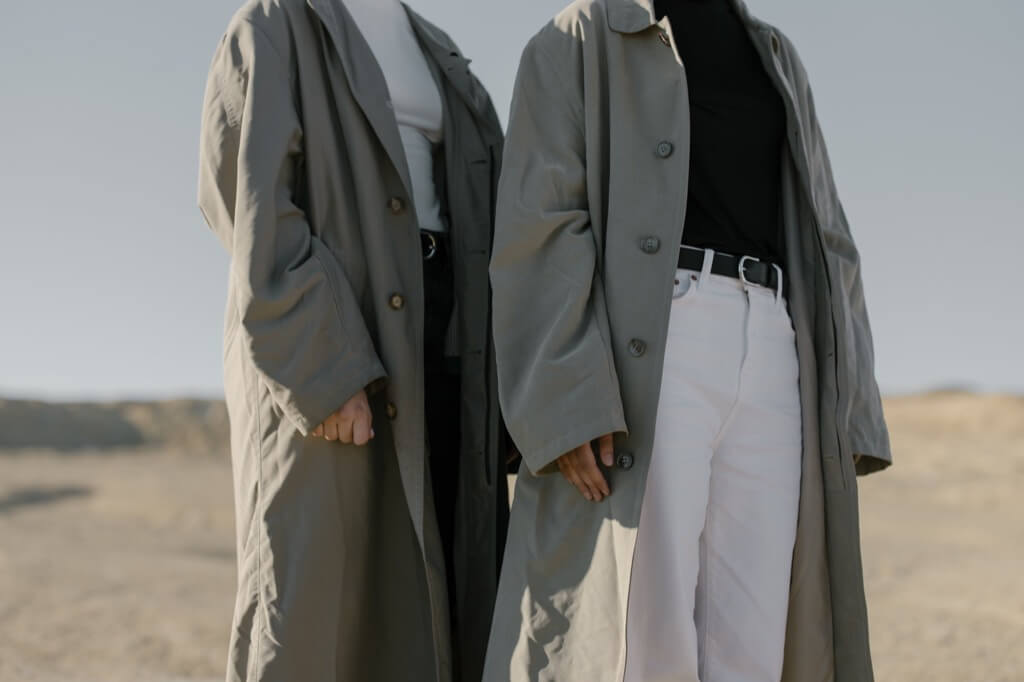Are you someone who shops for pre-owned clothing? If so, you’re not alone. Our recent research into the demographics of second-hand shoppers in South Africa reveals that a whopping 72% of individuals bought used clothing in the 2022–23 fiscal year. But what motivates people to choose pre-owned items over brand-new alternatives? Many believe it’s a way to be eco-conscious or save money, but our findings suggest a different perspective.
Contrary to popular belief, our research indicates that people’s propensity to purchase pre-owned items increases as their level of style consciousness rises. It turns out that being concerned about one’s style is a stronger indicator of thrift buying than either environmental consciousness or austerity measures. In other words, when it comes to second-hand shopping, style takes precedence.
The Fast Fashion Conundrum
To understand this shift towards pre-owned fashion, we need to first address the fast fashion phenomenon. Traditional clothing shopping has accustomed us to the constant influx of “fast fashion” items and ever-changing trends. Fast fashion relies on the rapid production of low-quality garments to keep up with the style world’s breakneck pace.
However, the environmental toll of fast fashion is substantial and well-documented. Worldwide, this industry consumes a staggering 79 trillion liters of water and produces a staggering 92 million metric tons of waste each year, with clothing recycling and reuse rates hovering below 15 percent. Charity shops, in particular, struggle with disposing of unsellable fast fashion items, which often end up in landfills due to their poor quality.
Fortunately, more and more consumers are defying the fast-fashion trend by choosing pre-owned apparel and accessories. The rise of informal marketplaces like Facebook Marketplace and pre-loved markets has made it challenging to quantify the size of the second-hand market accurately. Still, online vintage clothing store Thredup’s CEO, James Reinhart, predicts that the global vintage market will double in the next five years, reaching a remarkable $77 billion (A$102 billion) and eventually surpassing the fast fashion industry’s size by 2030.
The younger generation plays a significant role in propelling thrift stores, especially on the internet. Our research shows that consumers who identify as fashion-conscious are primarily responsible for this expansion.
What Defines a Thrift Store Shopper?
To gain deeper insights into the characteristics of those who shop at thrift stores, we surveyed 515 Australian women, focusing on various aspects of their purchasing behavior. We evaluated their frugality orientation, ecological consciousness, materialism, nostalgia propensity, fashion consciousness, and style consciousness.
While some thrifty and environmentally concerned consumers do purchase secondhand, our data unequivocally demonstrates that concern for personal style is the most influential factor driving this practice. Those with the highest style-consciousness scores are more frequent shoppers of pre-owned garments compared to those with lower scores.
The clothes we choose to wear serve as a reflection of our style and identity. Style-conscious consumers seek apparel that resonates with their character and beliefs. Instead of succumbing to fast fashion’s fleeting trends, they opt for genuine and unique pieces that stand the test of time.
People who prioritize style prefer long-lasting, high-quality clothing and accessories. They don’t buy clothes merely to follow the latest fads; they invest in items that are expertly crafted and allow them to express themselves authentically.
The Pros of Thrift Shopping
- By choosing second-hand clothing, you contribute to reducing the environmental impact of the fashion industry, as it lowers the demand for new production and minimizes waste.
- Thrift shopping often offers significant cost savings, allowing you to access high-quality items at a fraction of their original price.
- Second-hand stores and markets offer a treasure trove of unique and vintage pieces that can help you express your style.
- Pre-owned clothing is often well-made and has already withstood the test of time, ensuring durability and longevity.
- Opting for thrift clothing reduces your support for the fast fashion industry, which is associated with exploitative labor practices and environmental degradation.
- Thrift shopping allows you to break away from mainstream trends and create a style that truly reflects your personality and values.
- Many thrift stores are run by charitable organizations, so your purchases may contribute to noble causes and community support.
The Cons of Using Second-Hand Clothes
- Thrift stores’ inventory is unpredictable, and finding specific items or sizes can be challenging.
- Second-hand clothes may vary in condition, and some items may require repairs or alterations.
- Thrift shopping can be time-consuming, as you may need to sift through racks to find the perfect item.
- While thrifted items offer unique style options, they may not always align with current fashion trends.
- Some individuals may have reservations about the cleanliness of pre-owned clothing, although most thrift stores take measures to sanitize their items.
- Unlike new purchases, second-hand clothing typically doesn’t come with warranties or return policies.
- Thrift shopping may limit your access to specific brands or designer items that you desire.
- Sizing standards have evolved over the years, leading to sizing inconsistencies in second-hand clothing that may not fit as expected.
Adapting to the Shift
Traditional thrift stores are evolving to cater to the needs of style-conscious customers. They now stock only high-quality items, enhance their merchandising and store design, expand their online sales, and bolster their digital and social media marketing efforts. Additionally, a new trend is the emergence of privately run, carefully curated “pre-loved” shops and marketplaces.
Much of the credit for this expansion goes to influential figures on social media who champion pre-owned clothing as part of the circular economy, which emphasizes reusing, repairing, repurposing, and recycling. These advocates spread the hashtag #secondhandfirst and contribute to the growing popularity of pre-owned fashion.
We hope that consumers will reconsider purchasing new clothing, especially given the proliferation of thrift stores, markets, and online platforms offering high-quality, gently-used items at various price points. If you’re one of those individuals who has already embraced the idea of “not needing new,” our research suggests that you’re not only making a fashionable choice but also helping the environment in the process. It’s a win-win scenario for your style and the planet.
Adopting second-hand fashion represents a dual commitment to style and sustainability. By choosing pre-owned clothing, you not only reduce the fashion industry’s ecological footprint but also unlock a world of unique, cost-effective, and high-quality garments.
While thrift shopping may require time and patience, the rewards in terms of personal style freedom and environmental benefits are well worth the effort. Therefore, secondhand fashion offers a fashionable and ethical way forward, regardless of your motivations—eco-awareness, financial concerns, or a desire for unique pieces.




